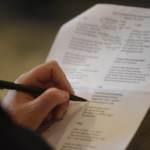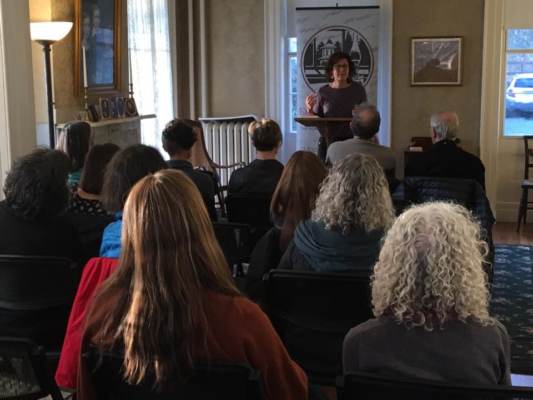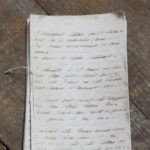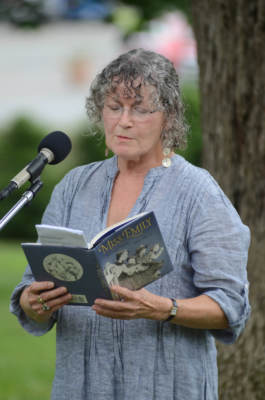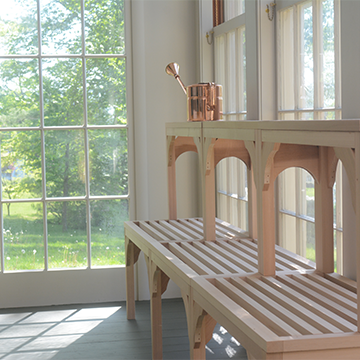
(AMHERST, Mass., June 10, 2019) – The Emily Dickinson Museum today announced the selected artists from its inaugural Conservatory Art Installation contest. Tereza Swanda, a graduate of the Vermont College of Fine Arts and the Massachusetts College of Art and an Instructor of Art at Dean College, alongside Ingrid Pichler and Fletcher Boote will transform the Conservatory with their exhibit “In Suspension.” A former lecturer at the Millay Colony and Vermont College of Fine Arts, Swanda’s work has been exhibited at the Temporary Agency in Brooklyn, NY, the SRISA Gallery of Contemporary Art in Florence, IT, and the Museum of Science and Industry in Manchester, UK, among others. Pichler has worked in architectural glass for thirty years, and her keen understanding of the malleable potential of the medium will inform the installation.
Swanda, Pichler, and Boote will convert Emily Dickinson’s conservatory, a small room where the poet maintained her link to the natural world across the seasons, into a mixed-media exhibition. Taking the Emily Dickinson poem “Nature is what we see” as the starting point, the installation will include colored gels and painted paper that samples colors found in the landscape. In addition to this visual component, the landscape will be translated by Boote into a soundscape that wordlessly references Emily Dickinson’s poetry. The installation may be enjoyed from outside the glass conservatory on the south side of the Homestead, and viewed from inside when the Museum is open. During Amherst Arts Night Plus in July and August, a dance piece will be performed in the space by Kelly Silliman.
The site-specific installation, the first of its kind in the newly restored conservatory, marks a major milestone in the Museum’s mission to not only preserve and celebrate the poetry of Emily Dickinson, but to amplify the voices of artists, musicians, and poets working today. Drawing attention to the importance of the conservatory in the life of Emily Dickinson, these artists’ work will seamlessly integrate contemporary art into this historic setting.
The exhibition will open on Friday, June 21 and run through September 9, 2019. A public reception will be held to celebrate the opening at the Museum on June 21, from 6:30 p.m. to 8:00 p.m.
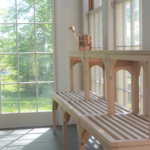

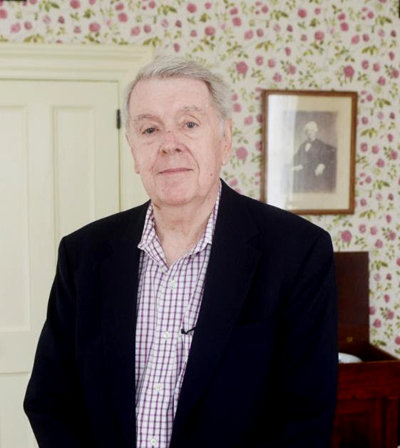 (AMHERST, Mass., June 5, 2019) — Amherst College today announced a gift of approximately $25 million from the late William McC. Vickery ’57 to the College’s endowment, approximately $22 million of which is designated for use by the Emily Dickinson Museum in Amherst, Mass. The transformative gift, the largest ever received by the museum, will be known as the “William McCall Vickery ’57 Emily Dickinson Fund” and is specifically earmarked for the maintenance and improvement of its buildings, grounds and collections. Vickery, who was a devoted Amherst alumnus, volunteer, employee and supporter, also was a founding member of the Dickinson Museum’s board of governors.
(AMHERST, Mass., June 5, 2019) — Amherst College today announced a gift of approximately $25 million from the late William McC. Vickery ’57 to the College’s endowment, approximately $22 million of which is designated for use by the Emily Dickinson Museum in Amherst, Mass. The transformative gift, the largest ever received by the museum, will be known as the “William McCall Vickery ’57 Emily Dickinson Fund” and is specifically earmarked for the maintenance and improvement of its buildings, grounds and collections. Vickery, who was a devoted Amherst alumnus, volunteer, employee and supporter, also was a founding member of the Dickinson Museum’s board of governors.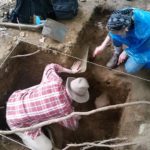
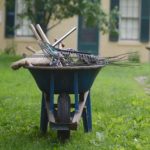
 Volunteer in the Garden
Volunteer in the Garden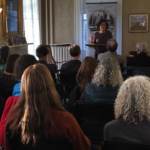
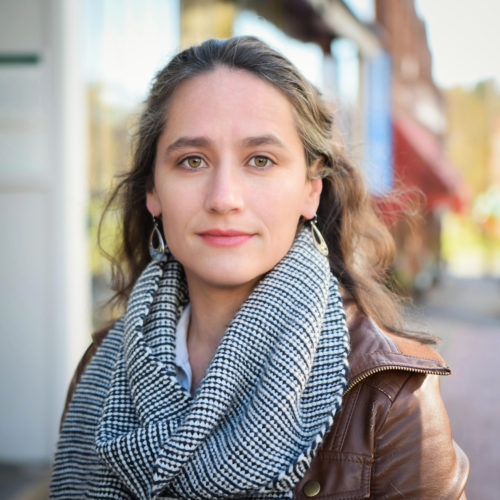 Naila Moreira is most often inspired by the natural world. After earning her doctorate in geology at University of Michigan, she worked as a journalist, Seattle Aquarium docent, and environmental consultant. She now teaches at Smith College and has served as writer in residence at the Shoals Marine Laboratory in Maine and Forbes Library in Northampton, MA. Her poetry, fiction and nonfiction are published or forthcoming in Terrain.org, The Boston Globe, Doctor T.J. Eckleburg Review, Cape Rock, Connecticut River Review, Rosarium Press Trouble the Waters anthology, and other venues, and her second poetry chapbook, Water Street (Finishing Line Press, 2017) won the New England Poetry Club Jean Pedrick Chapbook Prize. She writes a monthly environment column for the Daily Hampshire Gazette.
Naila Moreira is most often inspired by the natural world. After earning her doctorate in geology at University of Michigan, she worked as a journalist, Seattle Aquarium docent, and environmental consultant. She now teaches at Smith College and has served as writer in residence at the Shoals Marine Laboratory in Maine and Forbes Library in Northampton, MA. Her poetry, fiction and nonfiction are published or forthcoming in Terrain.org, The Boston Globe, Doctor T.J. Eckleburg Review, Cape Rock, Connecticut River Review, Rosarium Press Trouble the Waters anthology, and other venues, and her second poetry chapbook, Water Street (Finishing Line Press, 2017) won the New England Poetry Club Jean Pedrick Chapbook Prize. She writes a monthly environment column for the Daily Hampshire Gazette.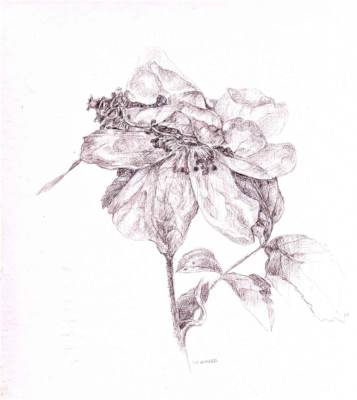
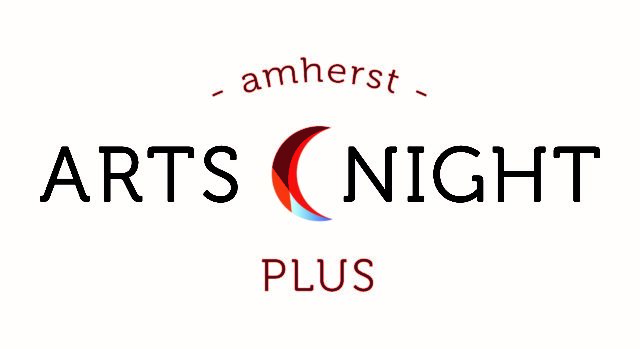 The Emily Dickinson Museum participates in
The Emily Dickinson Museum participates in 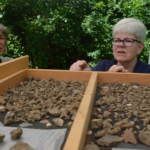
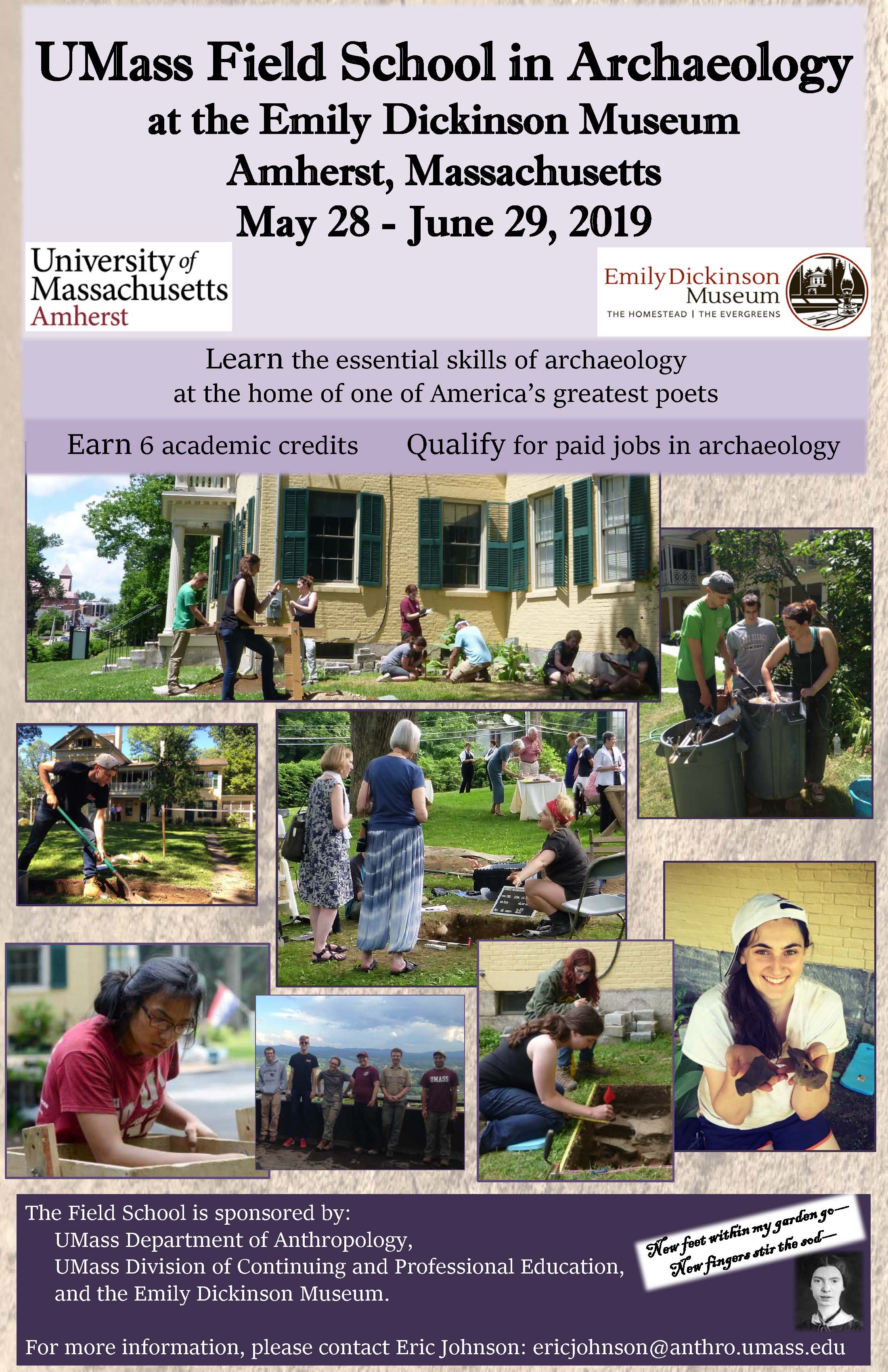
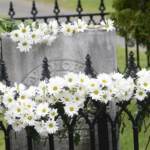
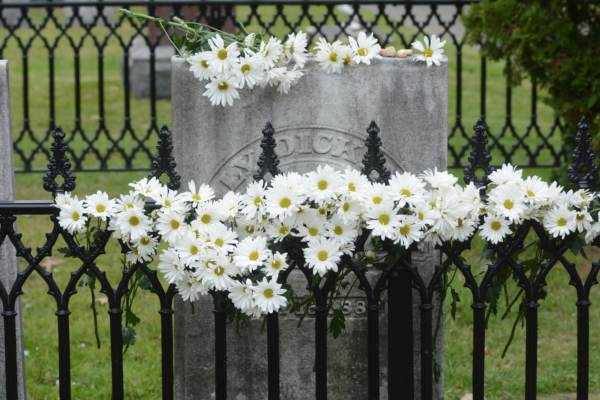 The Emily Dickinson Poetry Walk marks the anniversary of the poet’s death (on May 15, 1886) with readings of her poetry at historic sites around Amherst. This spring, the Walk will explore the poet’s many sources of inspiration, including the arts, nature, relationships and cherished books. In homage to Dickinson’s role in sparking our imaginations, we will also read a contemporary poem influenced by her life and work at each stop.
The Emily Dickinson Poetry Walk marks the anniversary of the poet’s death (on May 15, 1886) with readings of her poetry at historic sites around Amherst. This spring, the Walk will explore the poet’s many sources of inspiration, including the arts, nature, relationships and cherished books. In homage to Dickinson’s role in sparking our imaginations, we will also read a contemporary poem influenced by her life and work at each stop.